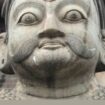
Go World Travel is reader-supported and may earn a commission from purchases made through links in this piece.
Everywhere I go, I’m always surprised by the dogs. In the United States, we get used to the lack of wild dogs running around (or, more likely, laying around) everywhere.
When a dog makes an appearance, that dog is the star of the show. However, as travelers to anywhere else in the world, we know that is not the case. But still, I forget to expect the abundance of street dogs in many countries outside the US.
Nepal is a good example e of this, but some of the rural towns have more than just dogs. Imagine this: you are walking down the street, and you see dogs lying at the curbs and in front of the storefronts, prancing around in search of scraps or on a quest to find shade.
But as you imagine the equivalent of a Labrador that has not been washed for five years walking by, imagine watching that dog and looking up to come face to face with a cow. Yes, a cow, right on the street, right in front of you, blocking cars and mooing.
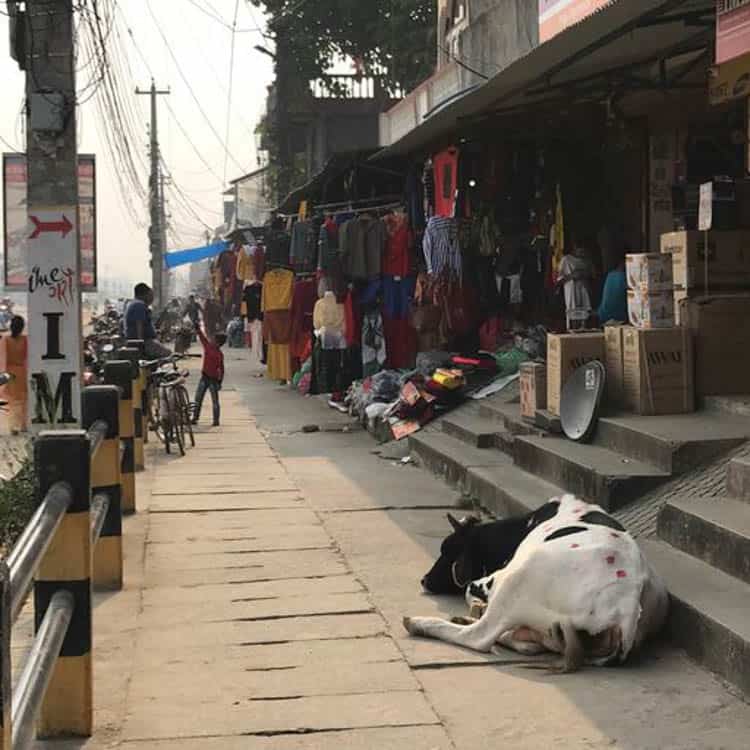
First Impressions of Kohalpur, Nepal
What you imagined was one of the first experiences I had walking around rural Kohalpur in Banke, Nepal. Banke is a province in western Nepal, about an hour’s flight from Kathmandu. Few tourists go there.
While I was there, one of the locals with whom I was working told me, in his best broken English, that I was the first American he had ever seen in Kohalpur. I was surprised, but after a few days there, I believed him.
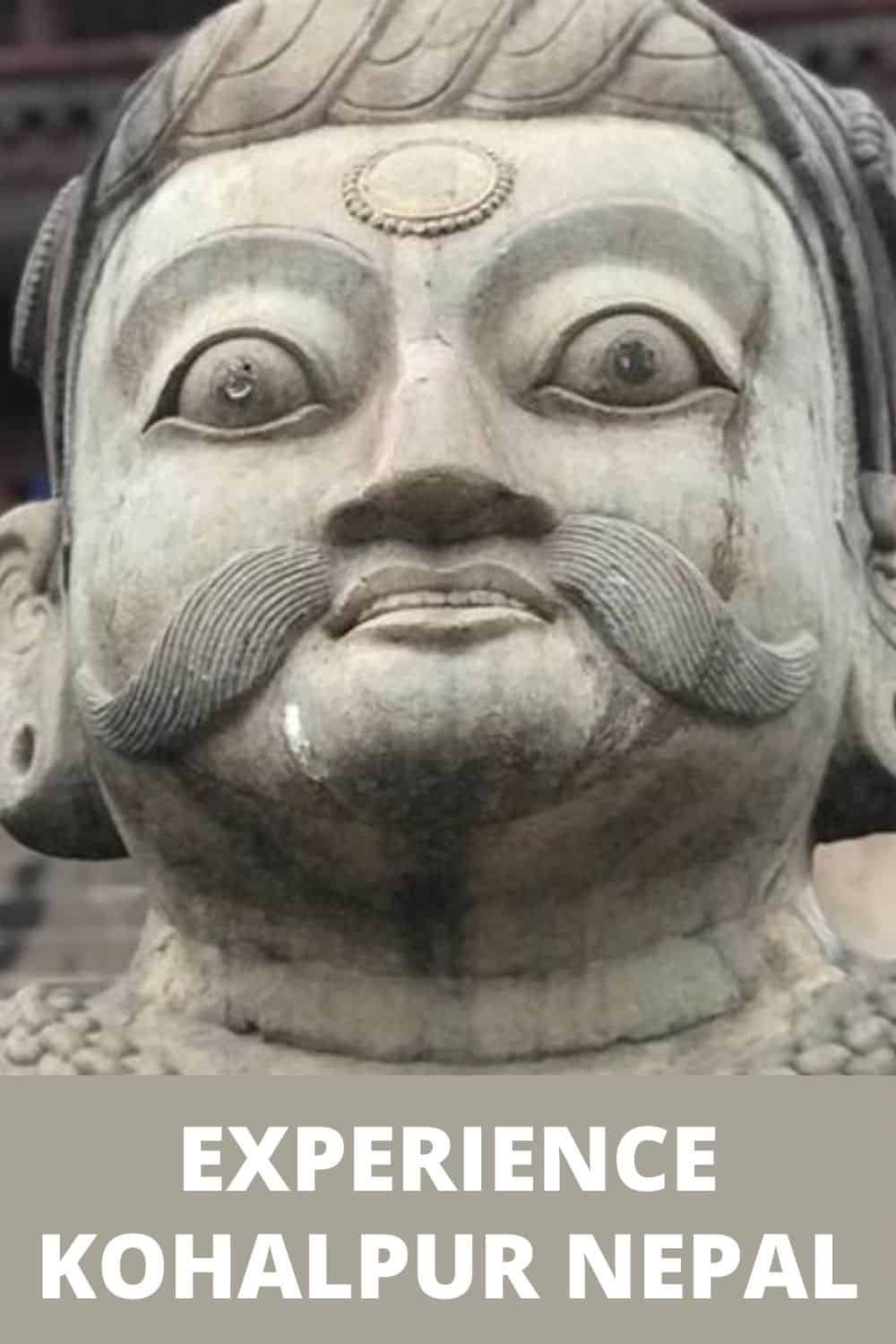
When I walked around the main part of the city, it was as if I were wearing a bright pink jumpsuit. It seemed that everyone stopped to look at me as I passed by. These were not negative or critical stares.
Rather, they were the looks a person gives to something out of the norm. However, coming from Boston, where it’s rare for someone to even acknowledge your existence as you walk by, it felt vastly different.

Shopping and Eating in Kohalpur
As I walked around, I also noticed that there were power lines with crowded messes of wires that looked as though they had been tied into knots. I would also stop in the little markets and shops lining the roadways.
Here I would find the most unique clothing, jewelry and food at a fifth of the cost of back home. In addition, there was a plethora of fruit stands and places to eat.
When it comes to food, Nepal does not disappoint. Whether it is Kathmandu or Kohalpur or anywhere else, the Nepalese feed you well. For any prospective traveler, be sure to request “momo”, which are Nepal’s famous dumplings. A word of caution though: they are addictive (in the best way possible).
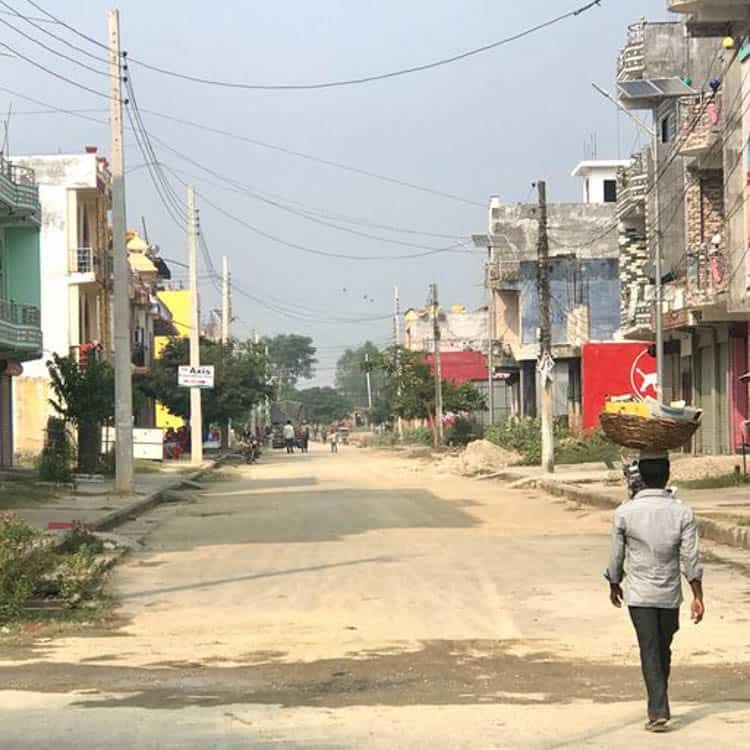
A World of Difference in Banke
The locals in Kathmandu told me that most foreign young people who come to Nepal are there to climb and the rest are there to see old buildings. The world of difference between life in more rural areas of Nepal and any other place would only draw a certain type of person.
And it is true that Kohalpur was not groomed for tourists. But for the person who wants to know Nepal, experience the culture and understand the people, the cities of Banke are just that: a world of difference.
I was in Nepal with a friend because we were sent there by a church in Massachusetts to help churches in and around Kathmandu. Groups of Christians in the country are poor and persecuted.
As a result, many of them depend on support from churches like mine to function. I happened to be sent to Kohalpur, and I had the beautiful opportunity to experience the place in a way that very few travelers or tourists get to have.
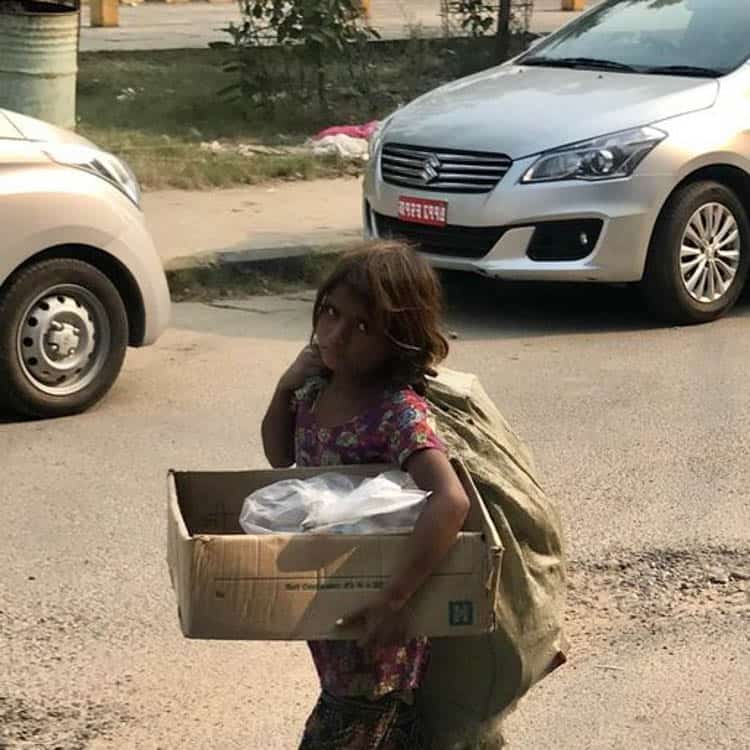
Breathing and Communicating
The first thing that any traveler to Banke (or Kathmandu, for that matter) will notice is the quality of the air. It feels quite different to breathe that air; it can be difficult on the lungs.
I got used to it, but it is a very memorable feeling to breathe in and notice a different sort of taste. Furthermore, there is a dryness and a coarseness to the air which makes it hard to get a full breath.
Of course, you could wear a mask, but I chose not to. Call me a purist, but I wanted the full experience of Nepal and in that spirit, I wanted to breathe the same air the locals did.
Another thing a traveler may be surprised by is the fact that a good number of the locals speak English. Even in a place like Kohalpur, lodging was not too difficult to manage.
Many of the young people in Nepal are taught English. While we had someone with us who spoke both Nepalese and English, it was possible to get around without him.
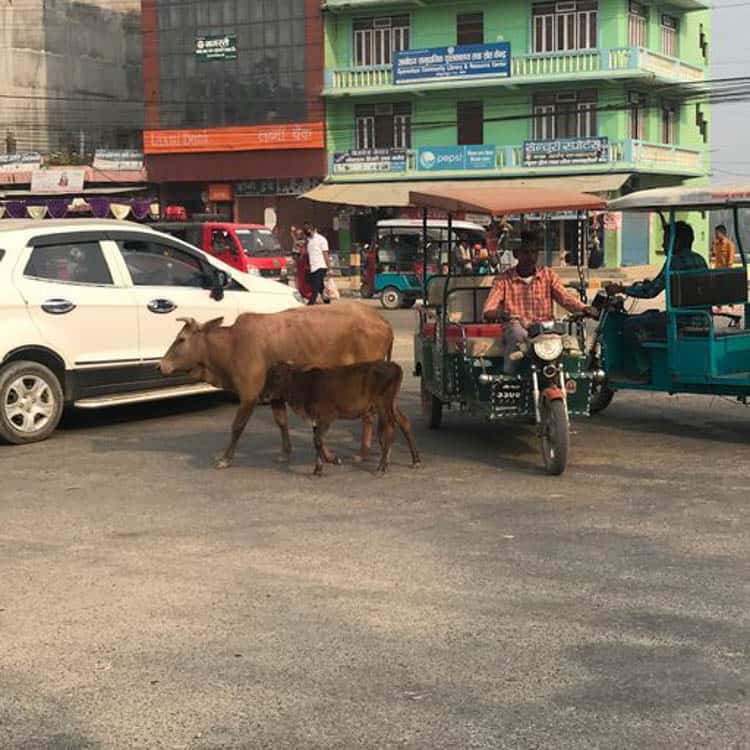
Driving Skills Required
I will also say that I was not ready for Nepalese traffic. Taxi drivers must have supernatural abilities that I do not possess because the roads were something like I had never seen before.
Motorcycles zoom between and around other cars with little warning and cars cut in front of other cars at breakneck speeds. Furthermore, there are impossibly slim roadways, off-road driving and (as previously mentioned) the occasional cow in the road.
In one day, I heard car horns blaring in Nepal about as much as I would hear in a month in Boston.
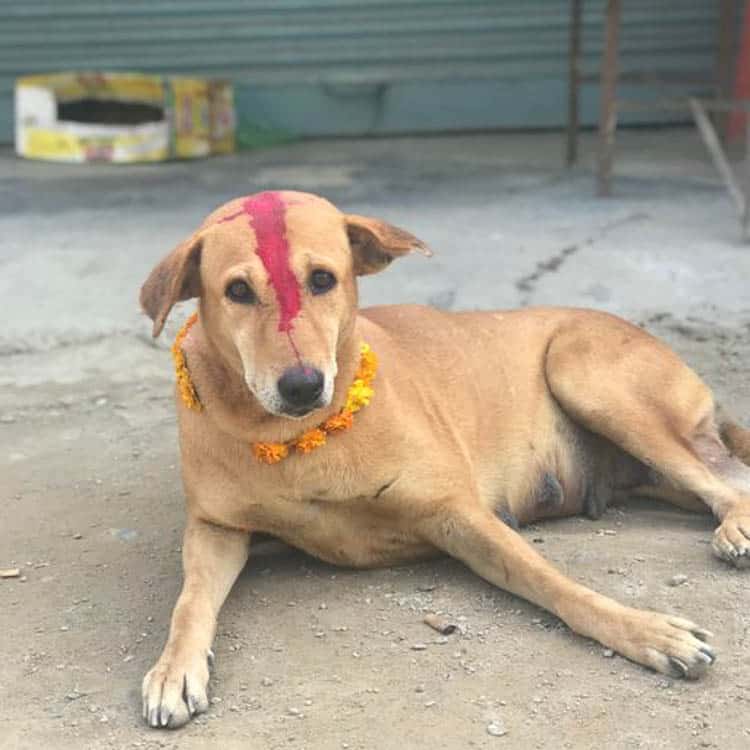
When to Visit Banke
Certain times are better than others to visit a place like Banke. There is a rainy season in Nepal in the summer months. I had visited in November and the weather was excellent with temperatures around seventy degrees Fahrenheit during the day.
Because of the work that I was doing, I had come to Nepal during a unique time. The days of my visit fell during the celebration period called “Tihar”, more commonly known as “the festival of lights”.
During this time, there is no school for children or work for most adults, and there are frequent celebrations and events.
This made it an especially interesting time to visit in terms of understanding and learning about Nepalese culture. For Tihar, lights are strung onto buildings, paint and decorations are everywhere, including on the aforementioned dogs and cows.
As I walked around I often happened upon groups of people dressed in traditional Nepalese garb and performing traditional dances in the streets and market squares.
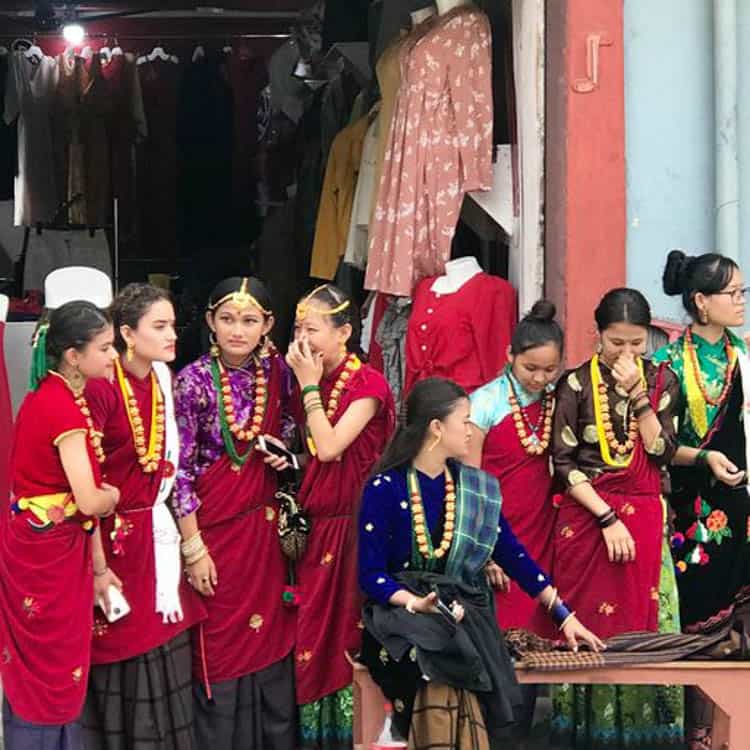
Young People of Nepal
Part of the reason I was there during Tihar was that it is a Hindu festival that Nepalese Christians do not celebrate. During that period, we held a week-long conference or camp for Nepalese teenagers and young adults from throughout the western part of the country.
We had the privilege of enjoying their music, seeing their beautiful, colorful clothing and experiencing the heights of hospitality from them.
The young people of Nepal are generally like the young people from anywhere else. They want to build a life, they want to have a family and they want peace and prosperity in their country. They were kind and generous to us, but they were often shy to come and speak to us.
I found out later this is because even though they learn English, there are not many opportunities for them to practice it and so they can feel a bit insecure, just as a typical American person might feel in a Spanish-speaking country.
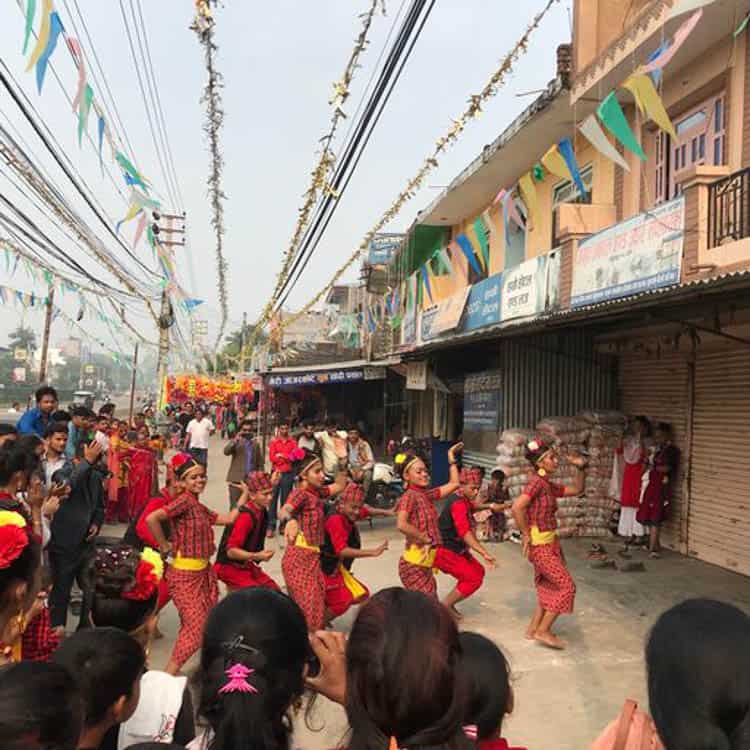
Memories of Kohalpur, Nepal
One of the most fun and unique memories I have from my time in Kohalpur is that each morning, the church leaders would pick up my friend and I on motorcycles and drive us to the place where they were meeting.
I clung to the back of a Nepalese pastor as we flew down unpaved roads and back alleys on a motorcycle that was probably twenty years old. It was an experience that I doubt many other people on planet Earth have had.
Seeing all the things that a tourist does not see, however, has a twinge of sadness to it. Kohalpur, like many parts of Nepal, is very poor. It is beautiful, the food is wonderful, the people were gracious and the culture was fascinating and different.
However, the fact remains that poverty is endemic there. The many unfinished roads, buildings and minimal amenities were witness to this.
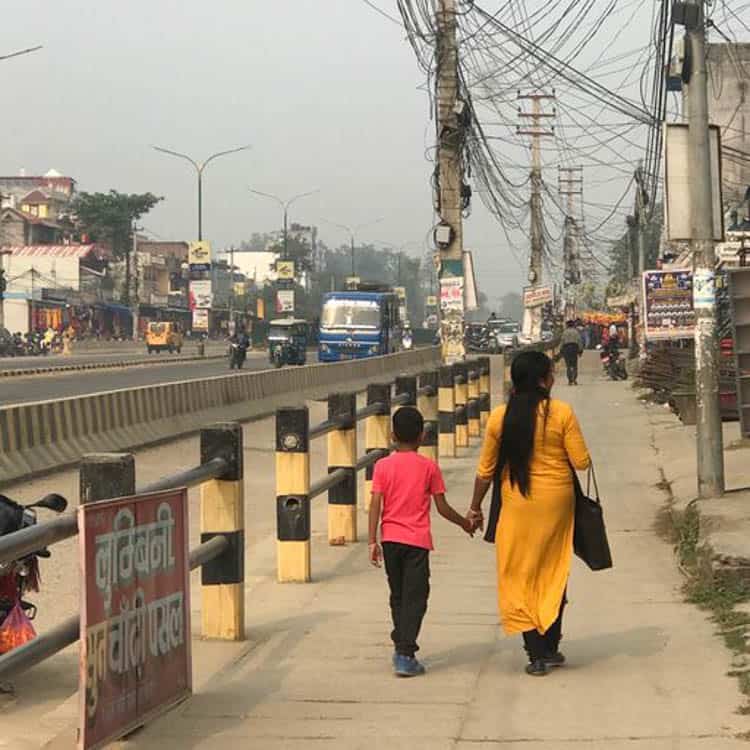
Lessons from Kohalpur, Nepal
It was a privilege to serve the people in Nepal as I had the opportunity to do so, but I learned far more from them than they ever did from me. In the four months that have passed since my visit, I have recommended a visit to Nepal to everyone I know. Today I would recommend it highly still.
Nevertheless, a visit to Nepal is not like a visit to other places. If you go hiking or to see ancient sites, these are wonderful reasons to travel. But Banke is for those who want to see and experience a different side of Nepalese culture and witness the culture firsthand.
It is a beautiful window into a different way of life.
Book This Trip
Ready to plan your truly unique journey to Kohalpur, Nepal? Start planning with insider tips on how to get around, hotel and VRBO accommodations, local restaurant reviews, shopping recommendations and more through TripAdvisor and Travelocity.
For the best flight deals, train tickets and car rental options, check out OMIO Travel Partner.
Find the best eco-friendly, weather-resistant and travel sneakers at Allbirds. Whether you are looking for a stylish go-to shoe or the most comfortable and durable sneakers, Allbirds has a top-rated selection for you here.
Be sure to be aware of any medical travel restrictions, which the CDC notes: https://wwwnc.cdc.gov/travel/destinations/traveler/none/nepal
Nepal’s travel website is also quite helpful: https://www.welcomenepal.com/
Author Bio: William B. Bowes is a writer and mental health counselor in Boston, Massachusetts.
- Sailing the Amalfi Coast: Stunning Sights You’ll See With Star Clippers - November 9, 2024
- Krakow’s Wawel Hill: Dragons and Sacred Stones - March 13, 2024
- View the Turquoise Lakes of Plitvice National Park: Croatia’s Best-Kept Treasure - April 16, 2023

